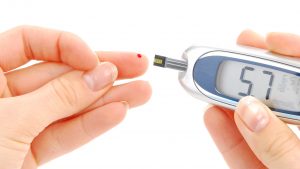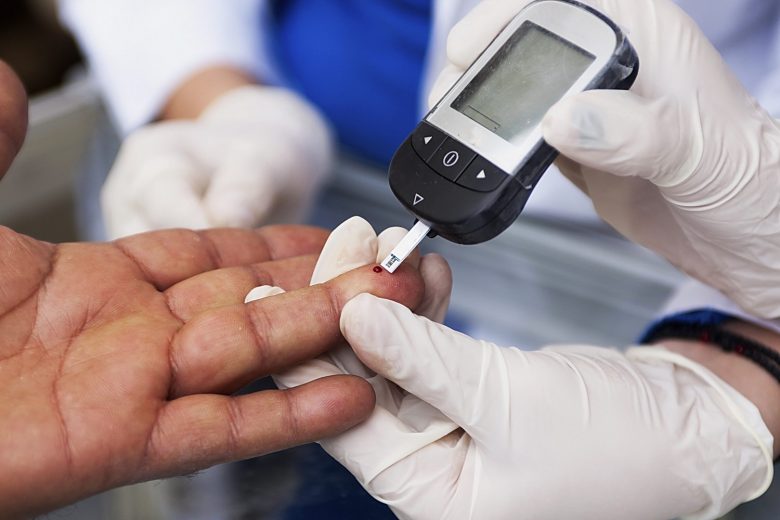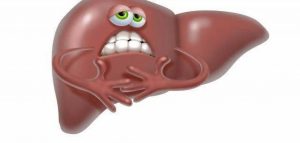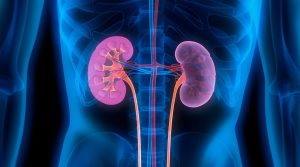Excess weight for many is a purely aesthetic problem. Chronic stress is psychological. However, these factors are also a potential road to diabetes. Who else is at risk? And how not to miss early signs? Read this article.
“Sugar” symptoms
Elevated blood sugar, as you know, hits “large-scale” and among target organs:
vessels,

nerve endings,
kidneys,
retina.
Among the early signs of abnormalities in blood sugar levels, the most noticeable are “skin” manifestations: poor wound healing, frequent pustular elements on the skin, fungal infections, dryness and itching. An unmotivated increase in appetite, as well as increased urination, can also draw attention. And at the same time – expressed thirst.
Well, if the nervous system “signals” with frequent “creeps”, tingling sensations (more often in the extremities) and other types of sensitivity disorders, there is no need to postpone screening for prediabetes any further.
“Who is” diabetes II
Such diabetes is not associated with a lack of insulin (type I), but arises as a result of a gradual increase in insulin resistance.
Risk factors for prediabetes and diabetes include:
excess weight,
lipid metabolism disorders,
regular stress (including lack of sleep and working night shifts),
lack of physical activity
smoking,
diseases associated with obesity (hypothyroidism, polycystic ovary disease, and others).
But the “good news” is that the development of type 2 diabetes can be stopped. Timely treatment (subject to diet and physical activity) allows not only to avoid damage to target organs, but also to return the metabolism to a “healthy” rate.
How to check the risks
Baseline screening for prediabetes https://en.wikipedia.org/wiki/Prediabetes includes:
1. Blood glucose – reflecting the level of “sugar” at the moment.
The analysis can be useful for identifying the onset of diabetes (which is used in stress testing). But it is not indicative in diagnosing the risk of the latter.
And, among other things, an increase in glucose may be a “natural” result of active physical activity, acute stress, food intake, an abundance of “sweets” or “feast” on the eve of the study.
2. Glycated hemoglobin (HbA1c) – shows the average level of “sugar” over the last 3-4 months. Therefore, it is highly effective for both risk assessment and detection of pre-existing diabetes.
The marker does not have glucose “limitations”, since it is based on the calculation of hemoglobin that has bound excess sugar molecules. This means that neither food intake, nor any other factors can distort the result of the analysis.
3. Lipid profile – reflects disorders of fat metabolism, which are one of the main factors of diabetes.
And the deviations in this analysis demonstrate not only the potential risk of diabetes, but also cardiovascular disease.



